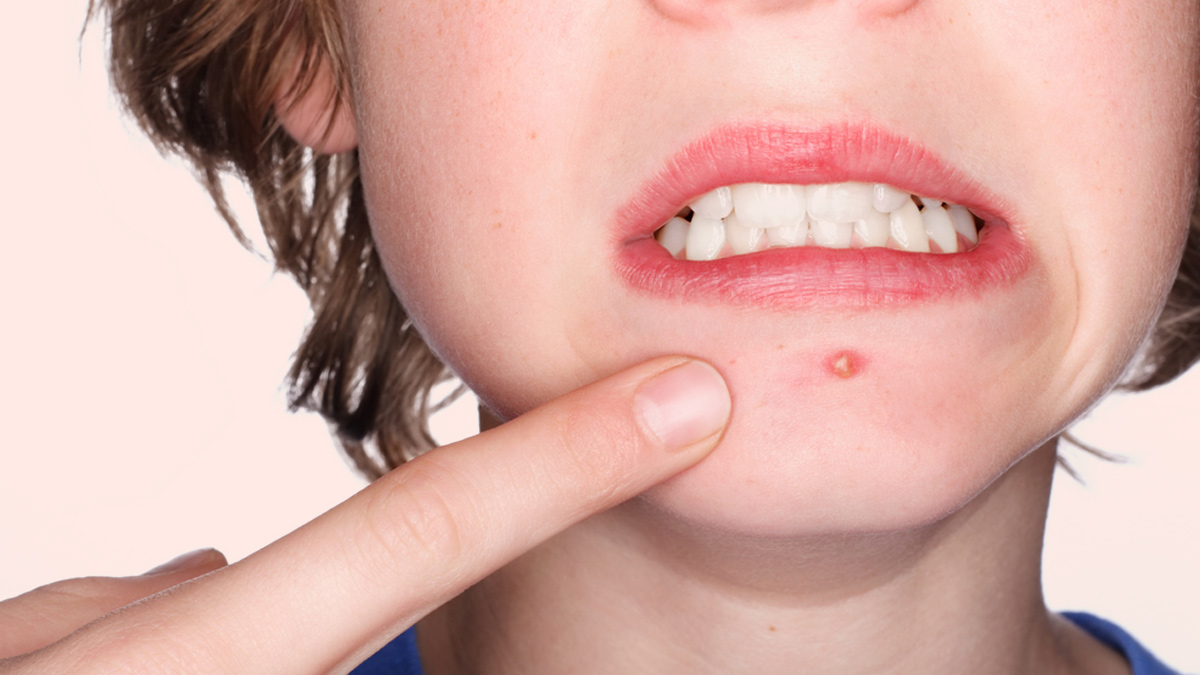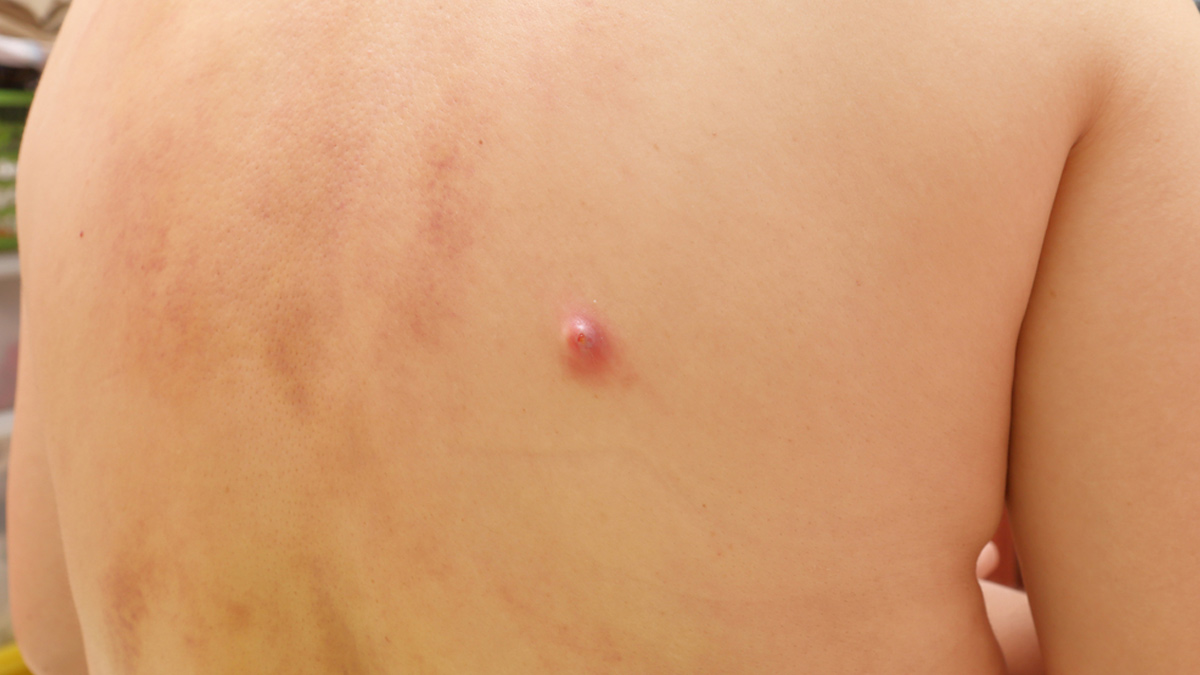 How To Differentiate Between A Pimple And A Boil: Know From A Dermatologist
How To Differentiate Between A Pimple And A Boil: Know From A Dermatologist
Pimples, particularly large pimples, can be mistaken for boils. However, an expert shares ways to distinguish between them.
Summer heat can take a massive toll on our skin. From struggling with clogged pores to tackling acne problems to protecting our skin from sun exposure, there’s so much to do.
In general, hot and humid weather can lead to increased sweating, which can in turn clog pores and contribute to pimples. Then there is the problem of summer boils, which can occur from a combination of factors, such as sweating, friction from clothing, and blocked sweat glands. Both of these skin problems are problematic. However, a greater problem arises when people confuse the two for each other.
Pimples Vs. Boils

In an interaction with the OnlyMyHealth team, Dr Shireen Furtado, Senior Consultant, Medical and Cosmetic Dermatology, Aster CMI Hospital, Bengaluru, says, “Pimples and boils may look similar at first glance, but they are different.”
She describes pimples as usually smaller, red bumps caused by clogged pores and excess oil, whereas boils are deeper infections within a hair follicle, often much larger and quite painful.
She adds, “Boils are bigger than pimples and more painful as compared to pimples. They develop a pus-filled core, while pimples do not have any pus. Moreover, boils usually occur in areas of friction like the thighs and armpits, whereas pimples erupt on the face, back, and chest.”
Difference Between Pimples And Boils

It is important to note that pimples are fairly common and prevalent among teenagers and young adults. In fact, according to the National Institute of Arthritis and Musculoskeletal and Skin Diseases, pimples, or acne, are more likely to occur in people during puberty due to the release of hormones that cause excessive sebum (oil) production.
On the contrary, boils are less common. According to InformedHealth.org, only about three out of 100 people who go to their doctor with a skin infection have a boil.
These are caused by bacteria, most commonly Staphylococcus aureus bacteria, and can infect various parts of the body, including the armpits, groin, genital area, back, bottom, and thighs.
Talking about the differences in the recovery time, Dr Furtado says, “Most pimples resolve on their own within 3–7 days. Deeper pimples may take weeks or longer. Boils take 1-3 weeks to heal. They may burst and drain naturally.”
Treatment for boils usually involves natural remedies, such as applying warm compresses. For stubborn or recurring boils, one can visit a dermatologist who might prescribe antibiotics, the doctor shares.
With regards to pimples, consult a dermatologist who might prescribe over-the-counter topical treatments or, if it’s severe, an antibiotic course, she adds.
In light of the ongoing heatwave, skin problems like boils and pimples seem inevitable. However, it is important to take precautions to reduce their risk. Some strategies include:
- Maintaining a good skincare routine with gentle cleansing
- Avoid touching your face.
- Avoid picking or popping a boil, as this can worsen the infection.
- Cleansing your face and body after sweating heavily
- Avoiding harsh scrubs and opting for lukewarm water
- Avoiding the use of heavy cosmetics during the summer and using oil-free products.
- Taking a shower before and after a visit to the pool or gym
- Wearing loose-fitting cotton clothes
- Following a balanced diet with fruits and vegetables
Conclusion
Summer and skincare go hand in hand, as heat and sweating can lead to various skin problems. Clogged pores are a common issue, which can lead to acne or pimples. On the other hand, sweating can trap bacteria in the skin, sometimes leading to inflamed boils. Therefore, it is crucial to maintain hygiene and take the necessary steps to avoid bacterial growth on the skin. Consult a dermatologist if you have a history of skin breakouts or boil formation in the summer.

 This Iconic Photo Is 100% Real—Take a Closer Look and Brace Yourself for the Shocking Detail You Missed!
This Iconic Photo Is 100% Real—Take a Closer Look and Brace Yourself for the Shocking Detail You Missed! 